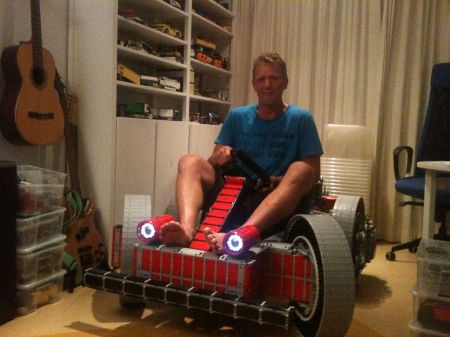
After a year of development, the OSRC is ready to hit a manufacturing plant. This transmitter (and receiver) for remote control cars, airplanes, quadcopters, and semi-autonomous drones features modular everything and allows you to transmit video from the cockpit and display it on a screen in the palm of your hands.
This isn’t the first time we’ve posted something on the OSRC, but since then [Demetris], the team lead has released a ton of information on the capabilities of the OSRC main unit, the clip-on FPV display, and the receiver and transmitter modules made to operate with the OSRC.
Unfortunately, [Demetris] spent a good deal of money developing the OSRC and is now doing a pseudo-kickstarter, ostensibly to gauge interest and allay a bank’s fears when applying for a small business loan. If all goes as planned, the OSRC base unit should cost somewhere around €300, a significant sum, but really not that bad considering the OSRC simply does more than other high-end RC transmitters.
We’re hoping enough people will step up and promise to buy the OSRC after it goes into manufacturing, otherwise we’ll be waiting a few more years before the big names in the RC transmitter game manage to come out with a similar product.
















